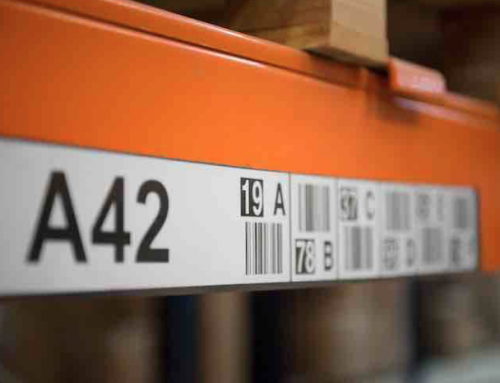When people identify a need and look to acquire a Warehouse Management System (WMS) one thing that discourages them is the prospect of a long drawn-out implementation process. This is particularly true of those already using a system, whether it’s an ageing WMS with poor functionality, or another form of stock system. It’s less true for first time users, although sometimes they can also consider the business upheaval too great and continue to defer the decision, depriving themselves of much needed business benefit.
So are these fears justified and is a WMS implementation something which by its nature must take a long time to achieve?
For many potential users the first question is likely to be: “How much of my staffing resource is the process going to take?” It’s important after all that whatever level of involvement is needed, people can still do their day jobs. So it might be useful to examine the key elements involved in implementing a WMS to try and answer that question.
These can probably be broken down into four main areas which are, broadly: physical issues, data preparation, system configuration and staff preparation.
Physically, your warehouse needs to be ready for a WMS to provide useful benefits. This means having an organized system of storage which can be logically replicated by the WMS, as well as physically identified by those working in it. It may also involve IT issues such as ensuring that networks and cabling are in place and ready.
Some of these activities are things your prospective WMS supplier can help or advise you on, certainly with regard to location labelling, barcoding and suitable real time mobile equipment for your system.
In other areas, like optimising storage layout for efficiency, or selecting mechanical handling equipment you may need to refer to a specialist advisor. Likewise with IT issues, your WMS provider will confirm the basic requirement for WMS system operation, but more specialised installation work may need to be sourced elsewhere.
Data preparation involves the collation of all data that your WMS needs for go-live. This will include storage location data, products, customers, suppliers and potentially other data depending on the nature of your operation. Your WMS provider will advise what’s needed and where to find it. But once collated, and assuming the data is available via a spreadsheet or other electronic source it will be their job to populate the new system with this data ready for use, and not something that requires time and input from your own staff.
The system configuration process (we’re talking here about setting rules and preferences in the system by the way, not customisation) can often be lengthy and complex, especially with first time users unfamiliar with the way a WMS works. But it doesn’t need to be. There is an adage in the IT business which says, “new users tend to complicate, experienced users keep it simple” and it’s one worth remembering. The key is not to try and anticipate every scenario in which the system will be used, otherwise configuration can become an unnecessarily protracted process.
This is not to say there aren’t important questions about how your system will work that you need to consider and answer. But it does mean that it’s not necessary at initial go-live to have nailed down every permutation of operational use. Many points you might have been unsure of will become clearer after a few days or even hours, enabling you to make ‘on the hoof’ changes and fine tune the system around your operation. A good WMS provider will let you know which things are essential to resolve before go-live, and which can be determined at a later stage without detriment.
The final area, that of staff preparation means getting your personnel ready to work with a new system. Most of this will be training in use of the system functions, whether that’s for desktop users or a warehouse operative working via handheld device. But it may also involve some training in physical practice, for example where new working methods facilitated by the WMS are being adopted. In these situations, your provider may not actually deliver the training, but they will be able to advise on system use for specific processes to ensure you derive maximum benefit from it.
The important point to emphasise in summary is that none of these activities is particularly complicated. Of course care needs to be taken in certain areas, but the process can (and should, if they are competent) be very much managed by your WMS provider. They can help you fulfil your implementation responsibilities with relatively low impact on your daily activity. When you move to the new system it will certainly have involved your thought and consideration, but it should not have been an extensive or overbearing commitment.






